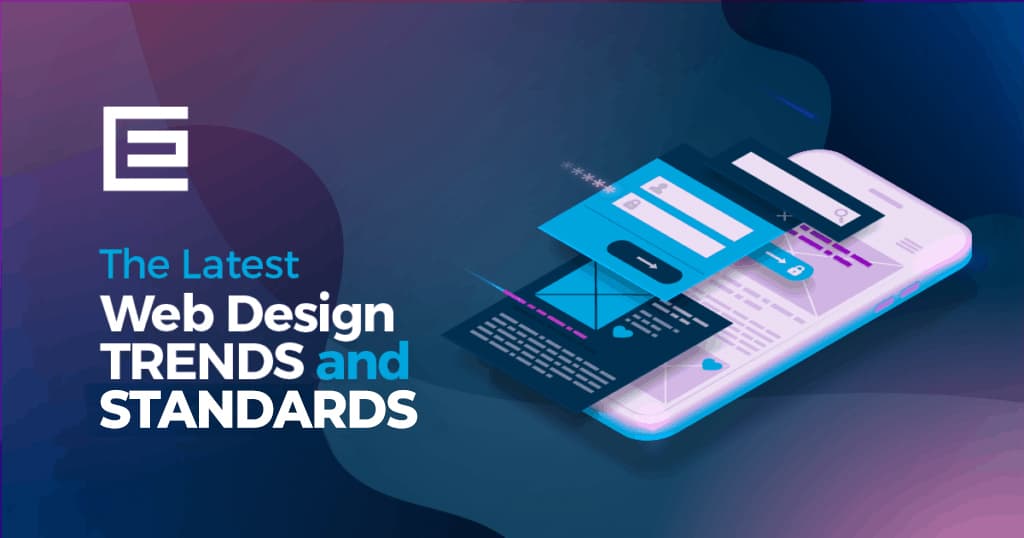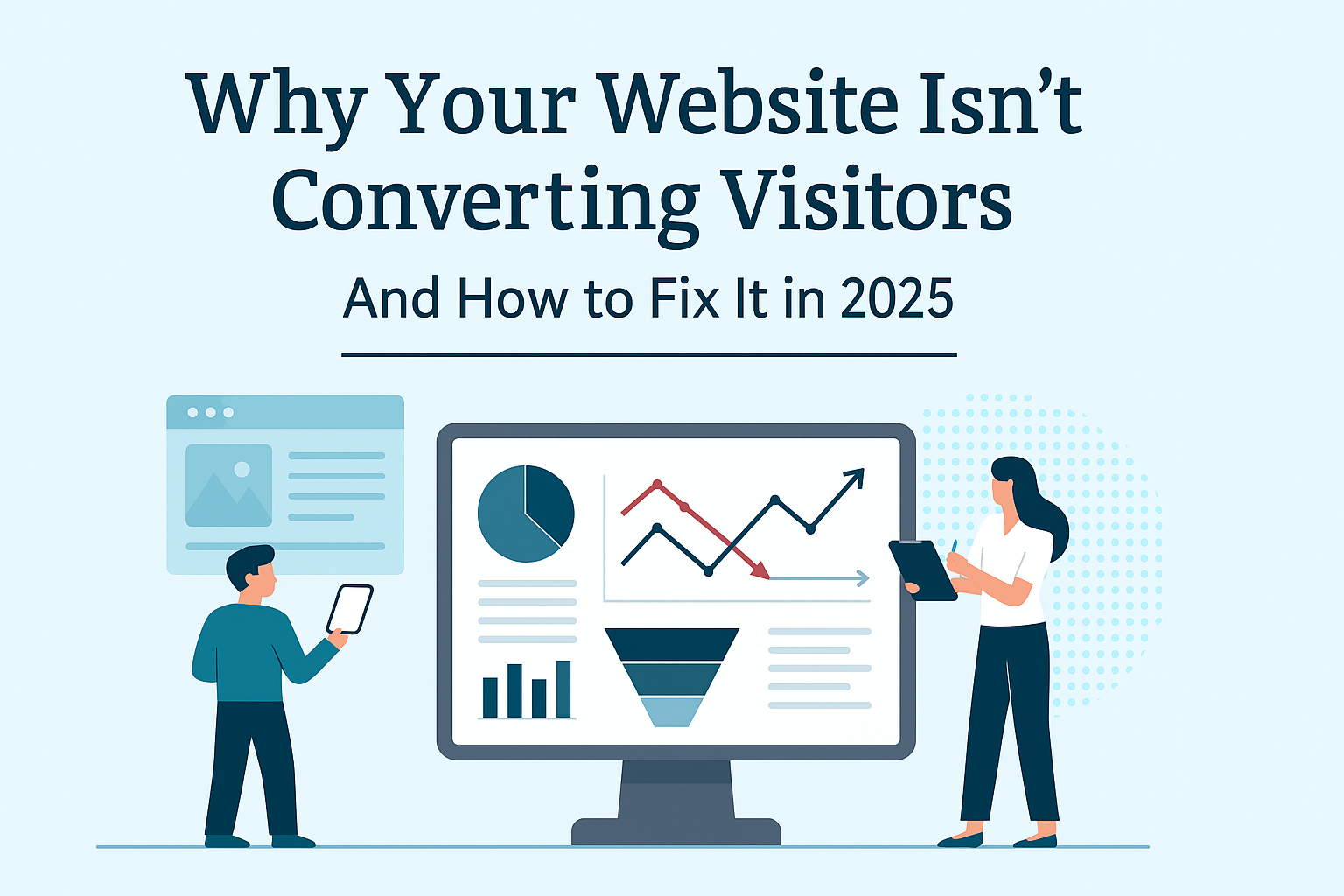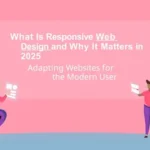
Top 5 UI Design Trends in 2025
1. Neumorphism 2.0
Neumorphism made a splash in earlier years with its soft, extruded plastic look. In 2025, it’s back — but better. Designers are combining the aesthetic of neumorphism with practical usability enhancements like better contrast, accessibility, and responsiveness. This gives interfaces a subtle depth and realism without compromising performance.
Why it matters: Neumorphism 2.0 creates a tactile, intuitive experience — especially useful in dashboards and mobile interfaces.
2. Dark Mode as Default
What started as a “nice-to-have” feature is quickly becoming a user expectation. Dark mode not only looks sleek but also reduces eye strain and saves battery life on OLED devices. In 2025, many apps and websites are beginning to default to dark mode with an optional light theme — the reverse of traditional UI approaches.
Pro Tip: Make sure your colors and contrast ratios are accessible in both light and dark themes.
3. Advanced Micro-Interactions
Subtle animations, haptic feedback, and transition effects help users understand actions — like liking a post, uploading a file, or submitting a form. These micro-interactions are evolving to include more intelligent feedback loops and behavior-based triggers, making interfaces more dynamic and engaging.
Example: An animated success checkmark after form submission or a progress loader that reacts to scroll.
4. Voice-Driven Interfaces (VUI)
With the rise of smart assistants and IoT, voice user interfaces are no longer just for mobile apps. Websites are increasingly integrating voice commands for navigation, search, and support — especially in accessibility-first design strategies.
Why it’s trending: VUI increases accessibility and offers hands-free convenience, improving UX for users with visual impairments or busy lifestyles.
5. AI-Personalized UI
In 2025, AI and machine learning are helping designers go beyond static interfaces. Systems can now adapt layouts, recommendations, and even colors based on user behavior and preferences. This means no two users will have the exact same interface — everything is optimized in real time.
Impact: Better engagement, reduced bounce rates, and more intuitive digital experiences.
Final Thoughts
The future of UI design is intelligent, responsive, and deeply personalized. Whether you’re a designer, developer, or business owner, embracing these trends will help you stay relevant and user-centric in the coming years.
At Grivista, we’re passionate about crafting smart, future-ready digital experiences. Follow our blog for more design insights, trends, and tips to stay ahead of the curve.








